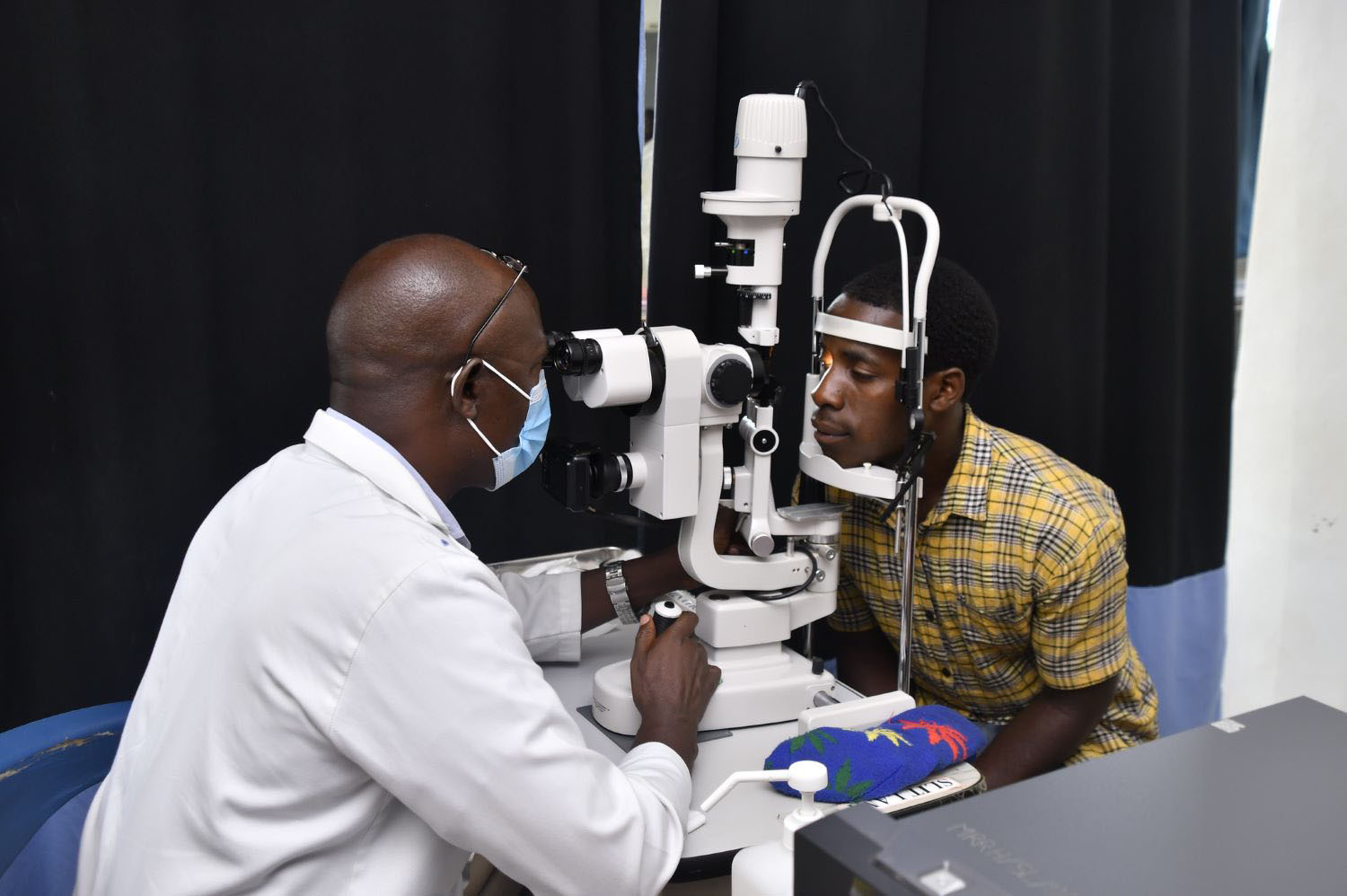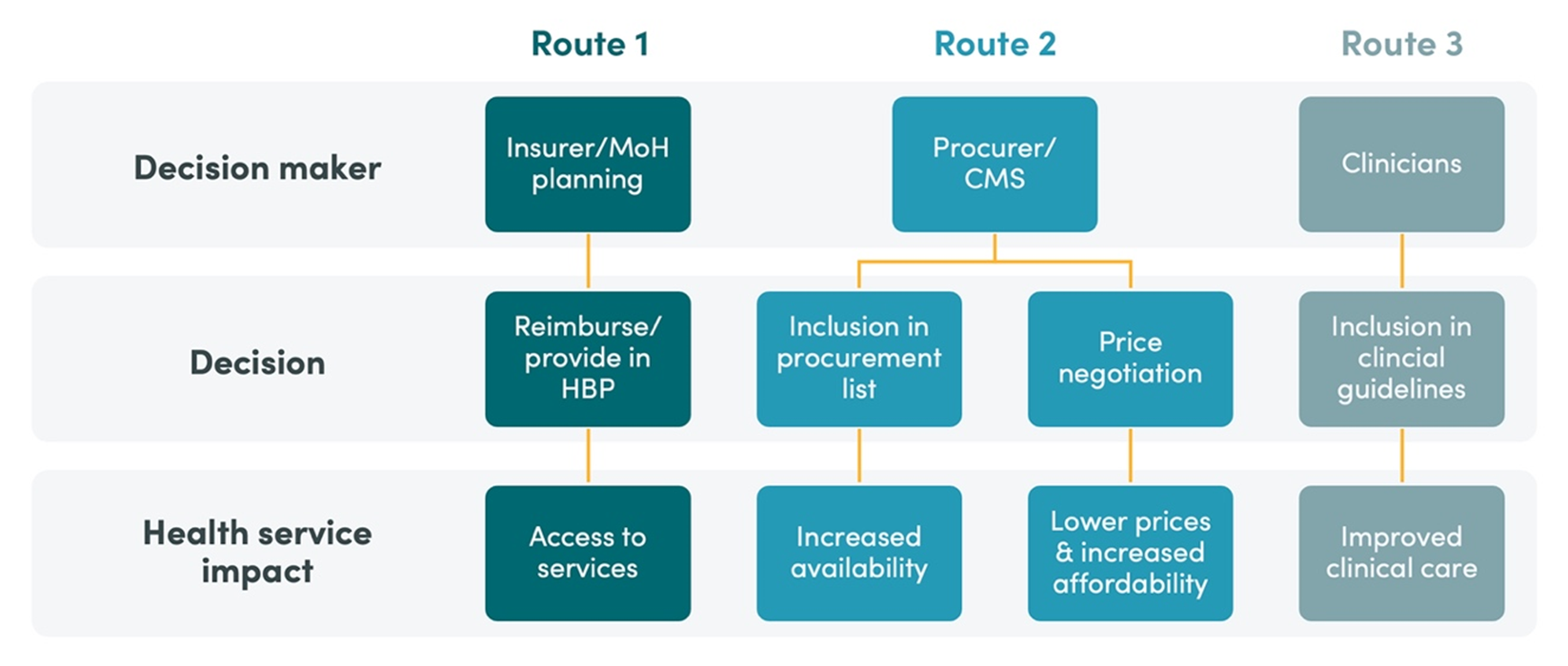At the end of the month, the last senior demographer at the World Bank will leave on retirement, cementing the erosion of the Bank’s technical cutting edge in demography and stirring the question: How will the World Bank understand key development challenges without demographic expertise in-house? And without this knowledge, how will the Bank advise its client countries effectively?These questions matter because demography matters for development. As The Economist pointed out recently, the current perspective on demographic issues puts its emphasis on age compositions and the multi-faceted socio-economic and political implications that result. But a main use of demographic expertise is the construction of actuarial models that allow for analysis and design of sustainable pensions, health care, and related. This is critical for wealthier countries that are facing profound fiscal adjustments, as well as for middle-income countries that may be increasing public expenditure and are headed towards an unsustainable path. This ‘new demography’ requires substantial analysis, which will be needed to inform future Bank strategies and operations (i.e., lending, granting, and technical assistance) as well as nourish the policy dialogue with client countries. Indeed, many client countries are eager to obtain advice from the Bank on their pressing demographic challenges.In the past, the Bank produced solid work on demographic issues (the report From Red to Gray is a sterling example) and provided comprehensive analysis on demographic trends in specific countries, particularly in sub-Saharan Africa. Even recently, the Bank has embarked on a major study focused on the demographic dividend in sub-Saharan Africa—the first comprehensive study to address the region’s daunting population challenges since 1987. But with the departure of most demographers, it will become harder for the Bank to carry out such analyses without relying on external expertise.Dr. Jim Kim, who will soon take the reins at the World Bank, surely knows about the importance of demography (and the excesses of economics!). With population issues making a comeback on the international development scene, the time is most propitious for the Bank to revamp its demographic expertise. Here are a few things that could help achieve this:
- The Bank should rebuild a cadre of seasoned demographers. To be fair, the Bank has tried to hire demographers in the past, but has become ensnared in its new bureaucratic limitations (noncompetitive benefits packages and term-contracts) making it difficult to attract mid-career professionals. Given these circumstances, the Bank may need to seek resources outside its own budget and muster substantial donors’ funding to revamp its demographic capability.
- The Bank should regularly prepare country demographic briefs, similar to the Country Economic Memorandums which are written every 3 or 4 years for most countries. These should highlight critical demographic patterns and trends that affect the 19 development sectors in which the Bank operates. These briefs would not only help to bring back demographic issues and challenges to the core of the Bank and countries’ development strategies, but also inform policy options to address them.
The Bank needs to put back basic demographic issues and knowledge at the core of its development vision. Without a solid grasp of the fundamental demographic challenges facing its client countries, the world premier development institution will be missing a key ingredient for serving its mission effectively.
The author thanks Amanda Glassman, Victoria Fan, Kate McQueston, Catherine An and Jenny Ottenhoff for their helpful comments. CGD blog posts reflect the views of the authors, drawing on prior research and experience in their areas of expertise.
CGD is a nonpartisan, independent organization and does not take institutional positions.





